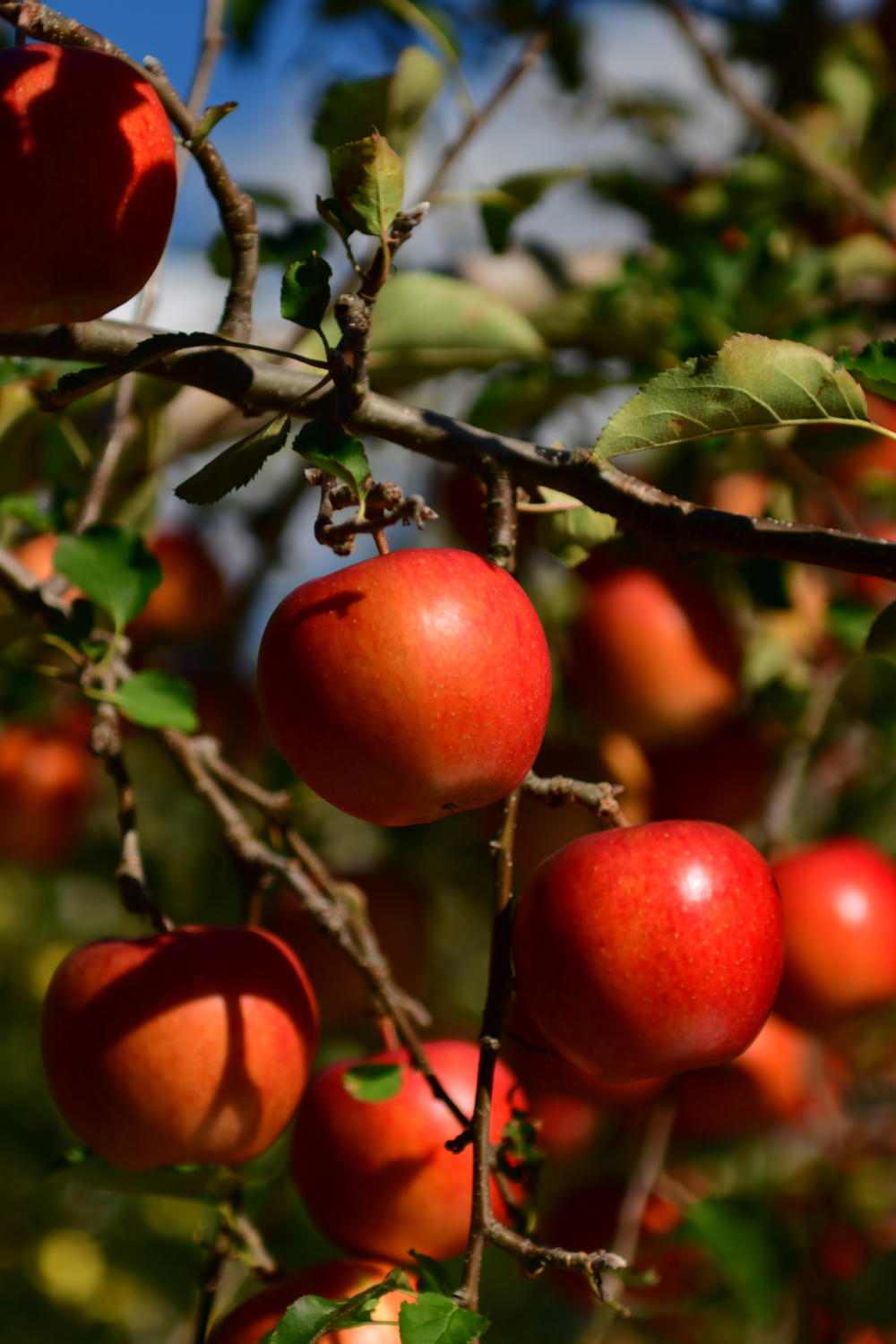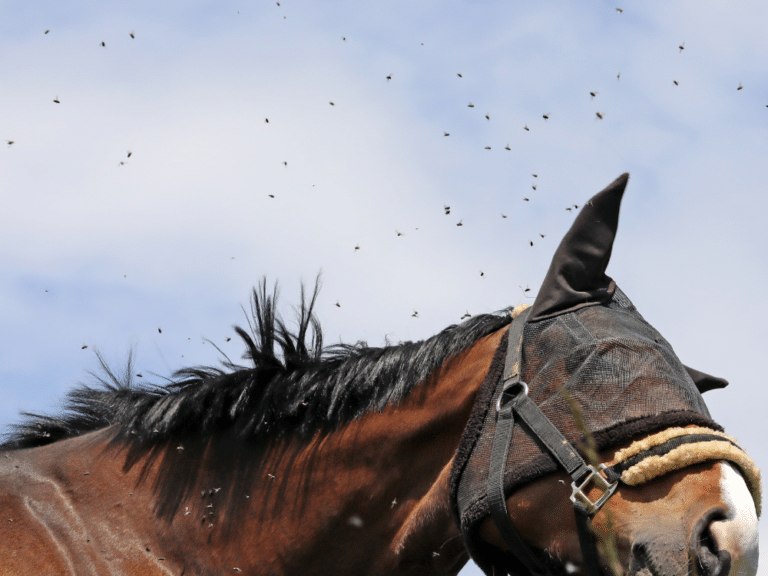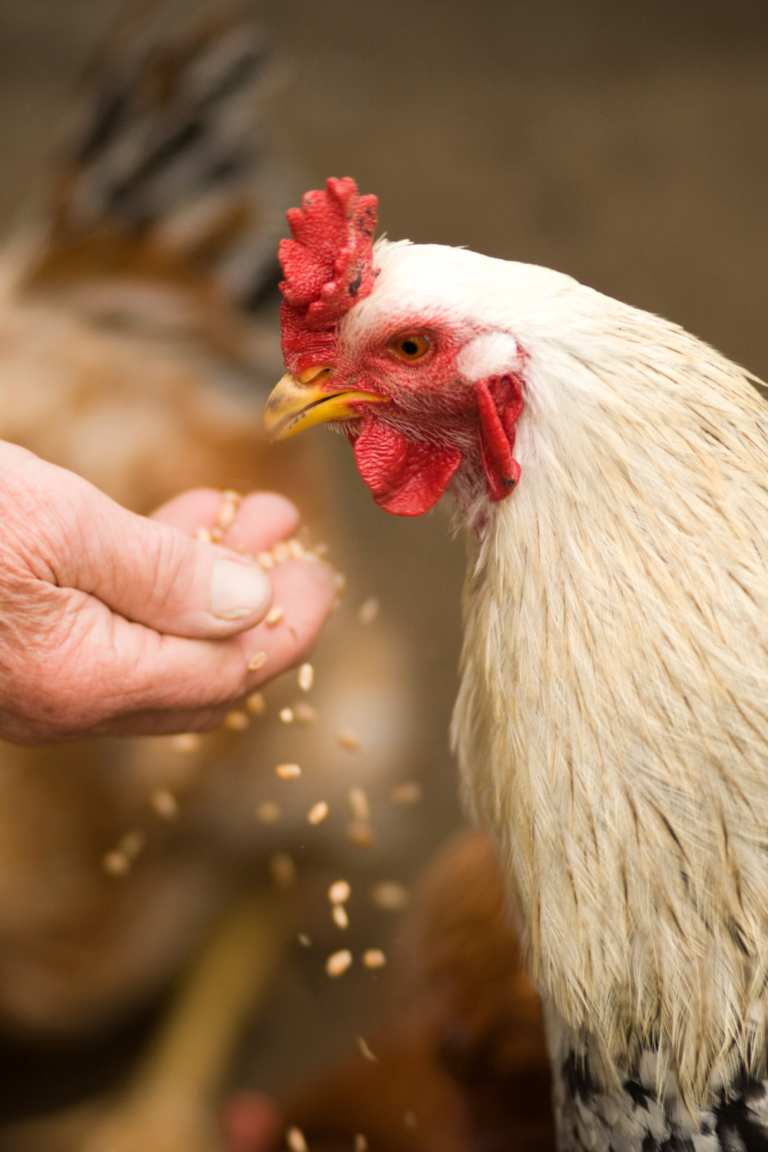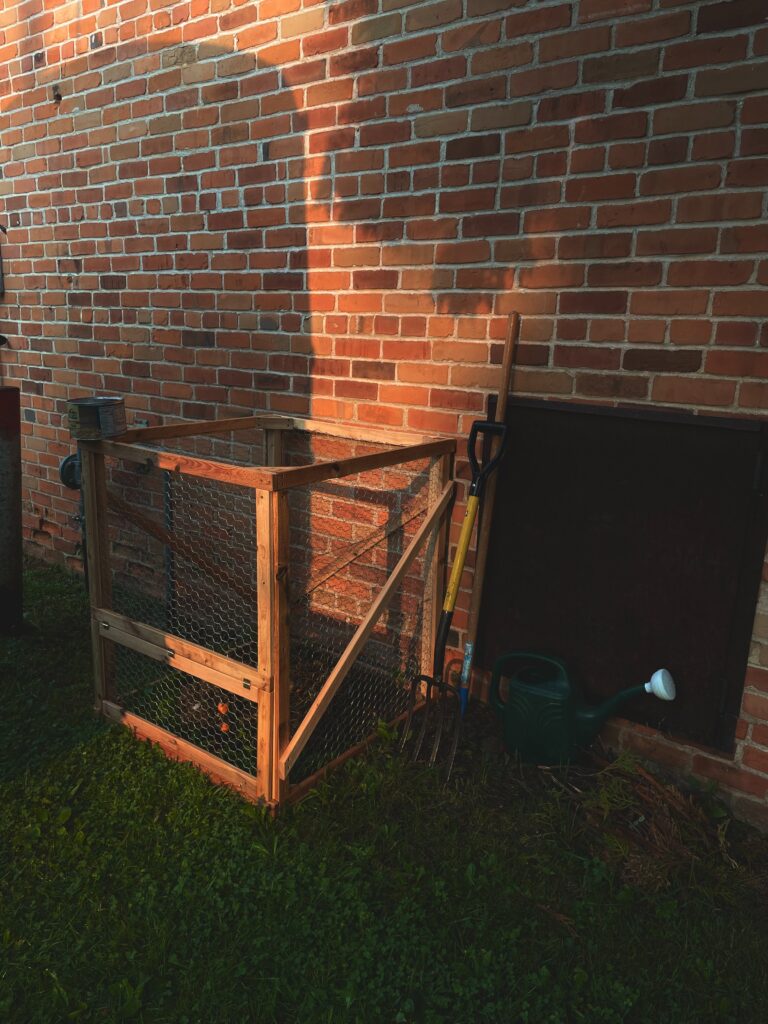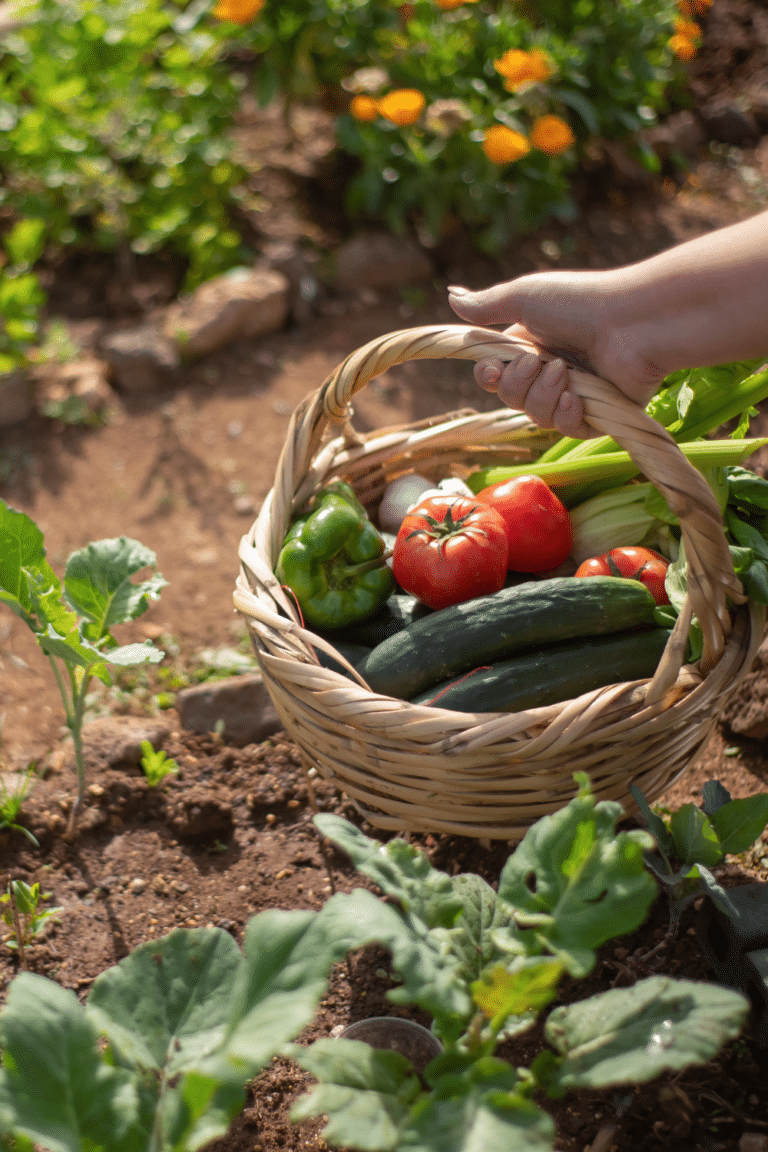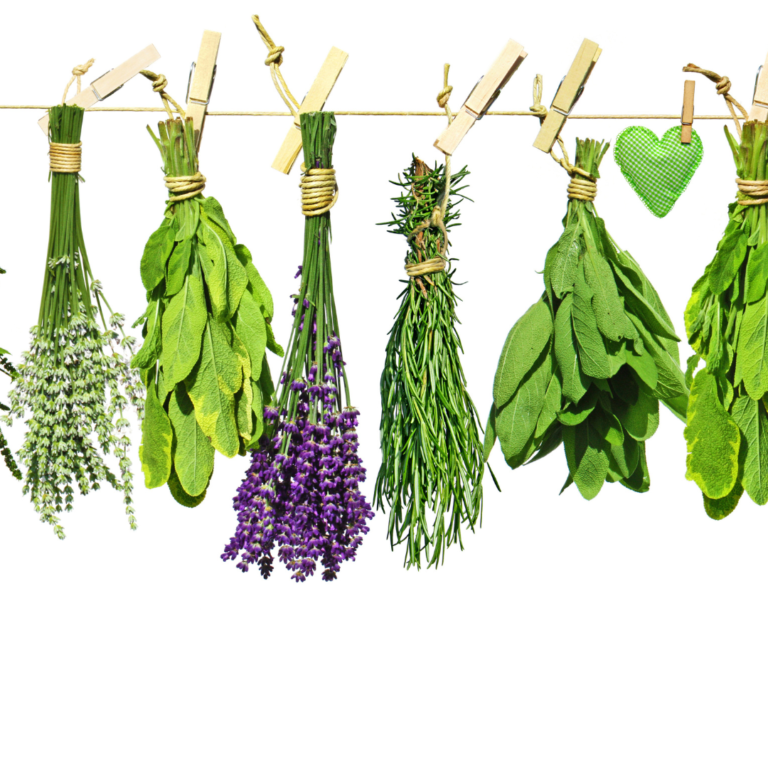5 Best Fruit Trees to Grow
This post may contain affiliate links. Read the full disclosure here.
Thinking about adding some fruit trees to your homestead? There’s nothing quite like picking fresh fruit out of your own yard. Bake with it, can it, freeze it, or eat it right away… fruit is delicious and so versatile! Let’s take a look at 5 of the best fruit trees to grow so that you can decide which trees best fit your property and lifestyle.

How to choose the best fruit trees to grow for you
Plucking a ripe piece of fruit out of your own backyard is pretty enchanting. You know exactly where the fruit came from, and of course, it just tastes better than what you could pick up at the grocery store!
Do keep in mind, however, that homegrown fruit won’t always look just like store-bought fruit. The fruit from your fruit trees might be slightly misshapen or have cosmetic imperfections, but if you’re like most homesteaders, you’ll take this over store-bought fruit any day!
Here are some tips for choosing the best fruit trees to grow on your homestead.
Choose a fruit you love
Firstly, when choosing the best fruit trees to plant, it’s important to prioritize the fruit that you really like! Fruit trees can be fairly low-maintenance once they’re established, and with proper care, they’ll produce a crop for years to come. For this reason, you’ll definitely want to think about which fruits you value the most before you start planting.
Know your area
Your hardiness zone is the most important factor in choosing the best trees for your area. Trees need the right climate in order to grow, and every species and variety of fruit tree is a little bit different. Before purchasing any trees, take the time to become familiar with your hardiness zone. You can then use this information to choose the best varieties of trees for you.
Soil type and amount of sunlight are also important considerations when picking out trees.
Consider cross pollination
Next, think about cross pollination. Many trees won’t be able to pollinate on their own and need one or more other trees (sometimes of a different variety) in order to cross-pollinate.
In most cases, trees will only be able to pollinate other trees of the same species. For example, apple trees need other apple trees, peach trees need other peach trees, etc.
Dwarf trees vs. full-size trees
Many fruit trees are available in either dwarf size or full size. Some of the main benefits of dwarf trees are that they take up a bit less space (making them ideal for smaller yards), and the fruit is much easier to reach.
On the other hand, many people value beautiful, full-size trees that provide plenty of shade and become a prized piece of the landscape for years to come.
5 best fruit trees to grow
Apple tree
Apple trees are one of the most commonly planted fruit trees, and for good reason! There are hundreds of varieties of apple trees, so you have lots of choices for choosing trees that will thrive best on your property.
Of course, apples are a highly versatile fruit, which is another reason why their trees are so popular! For many people, fall means full days of making pies, applesauce, apple butter, and of course, crunching on delicious, ripe apples!
While “hardy” apple trees grow well in zones 3-5, “long-season” apples will thrive in zones 5-8. It’s also important to note that apple trees almost always require at least one other apple tree nearby for cross-pollination.
Cherry tree
Cherry trees are well-known for boasting the most beautiful, pink spring blossoms. After they’ve been established in fertile soil, cherry trees are low-maintenance.
Cherries grow well in zones 4-8. While sweet cherries do best with more sun and warmer temperatures (zones 5-8 are best), sour (cooking) cherries will still do well in shady locations in chillier zones (4-6).
After you decide whether to plant sweet or sour cherry trees, be sure to check whether the variety you choose needs cross-pollination. Some cherry trees do, while others don’t.
Fig tree
Homegrown figs are a delicious, healthy treat. They’re wonderful eaten plain, sliced over salads, or in desserts. In addition, they’re a great source of potassium and calcium.
Fig trees can live outdoors in zones 8-11. If you live in a colder zone, you can plant your fig tree in a container and bring it inside for the winter. Whether you plant your trees in a container or in the ground, fig trees need plenty of water when they’re being established.
Besides producing tasty fruit, fig trees also boast beautiful leaves that make a lovely addition to either outdoor gardens or indoor spaces.
Peach tree
Peach trees are well-loved for their delicious fruit, low-maintenance care, and quick crop. Most peach trees will produce fruit in 3-4 years from the time of planting a seed. However, you can certainly purchase young trees instead in order to speed up the process.
Peach trees need a sunny spot and can be planted in zones 5-9. You can grow peach trees either in containers or in the ground. Most varieties of peach trees require at least one other tree for cross-pollination.
Pear tree
With thousands of varieties of pears grown around the world, there are lots of options for choosing the best trees for you. Pears also thrive in a range of climates, including zones 3-10. Most take 5-7 years to reach maturity and bear fruit.
Like apples, pears have so many uses! From pies and tarts to salads and savory dishes, pears are excellent for adding a unique, sweet flavor.
It’s best to harvest pears just before they look ripe, as they will continue to ripen after picking.
What’s on your homestead to-do list?
What trees, plants, or animals do you plan to add to your homestead this year? Leave a comment and share your homesteading goals with us! We’d love to know!
See our Airstream Remodel Reveal here!
